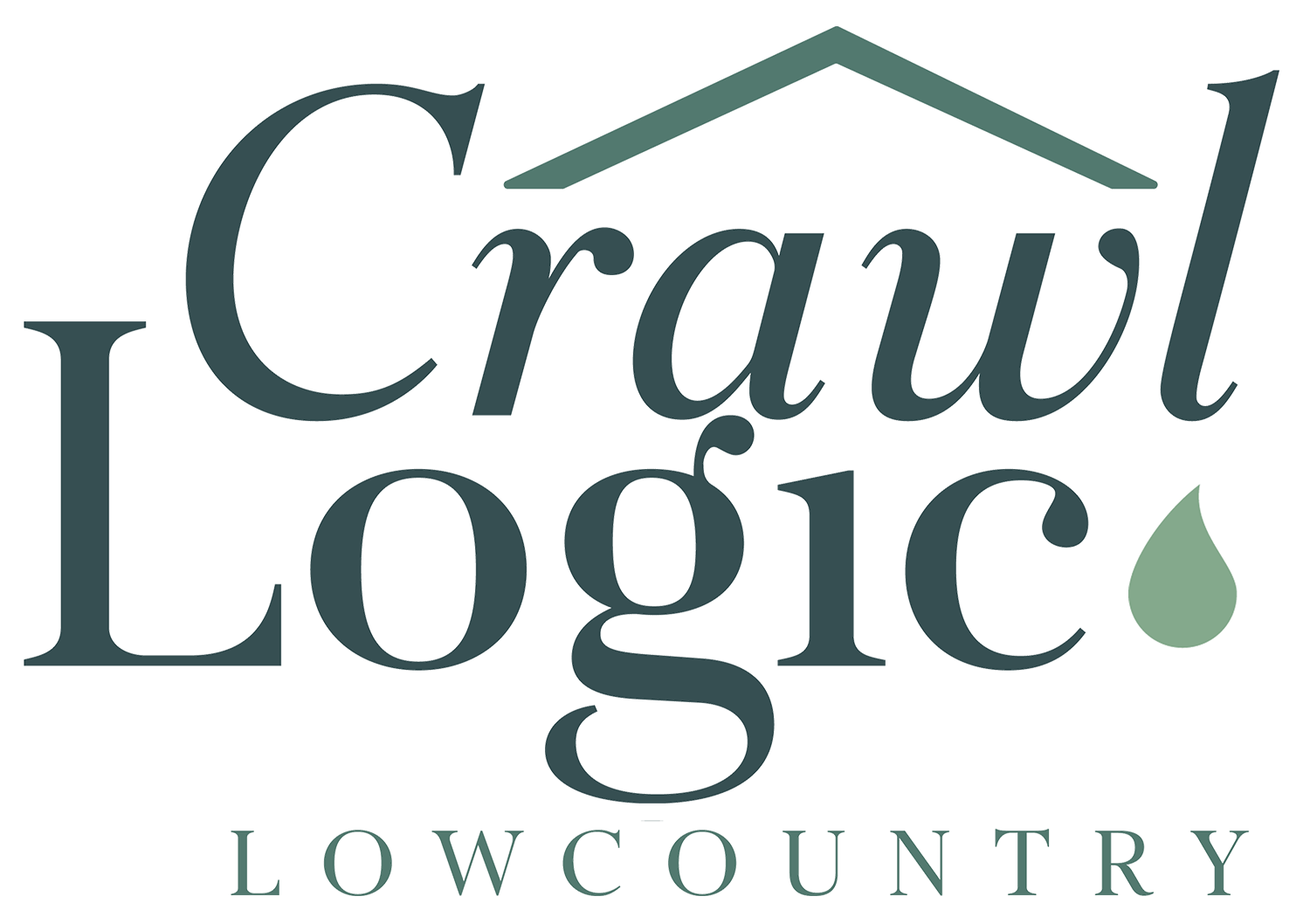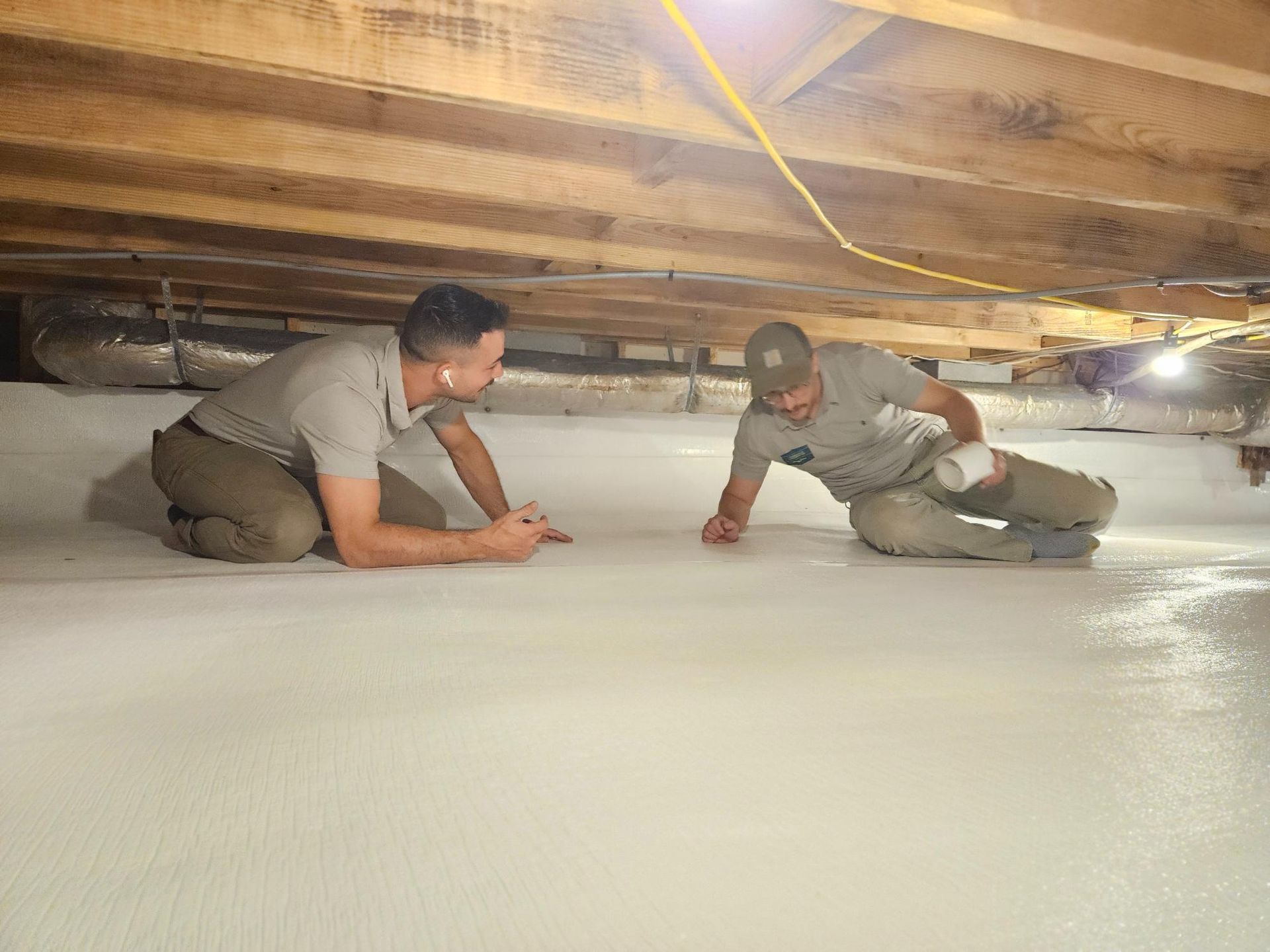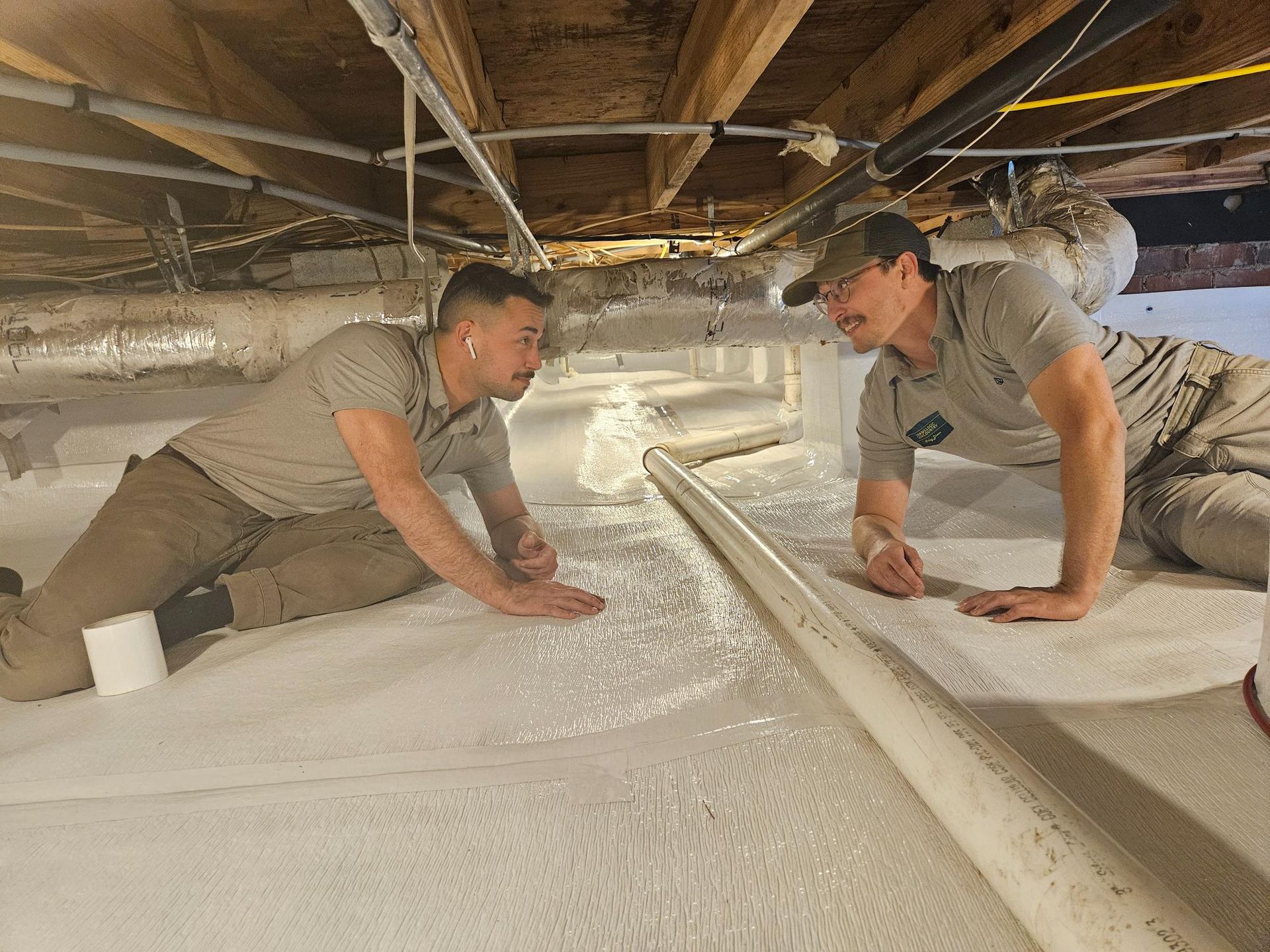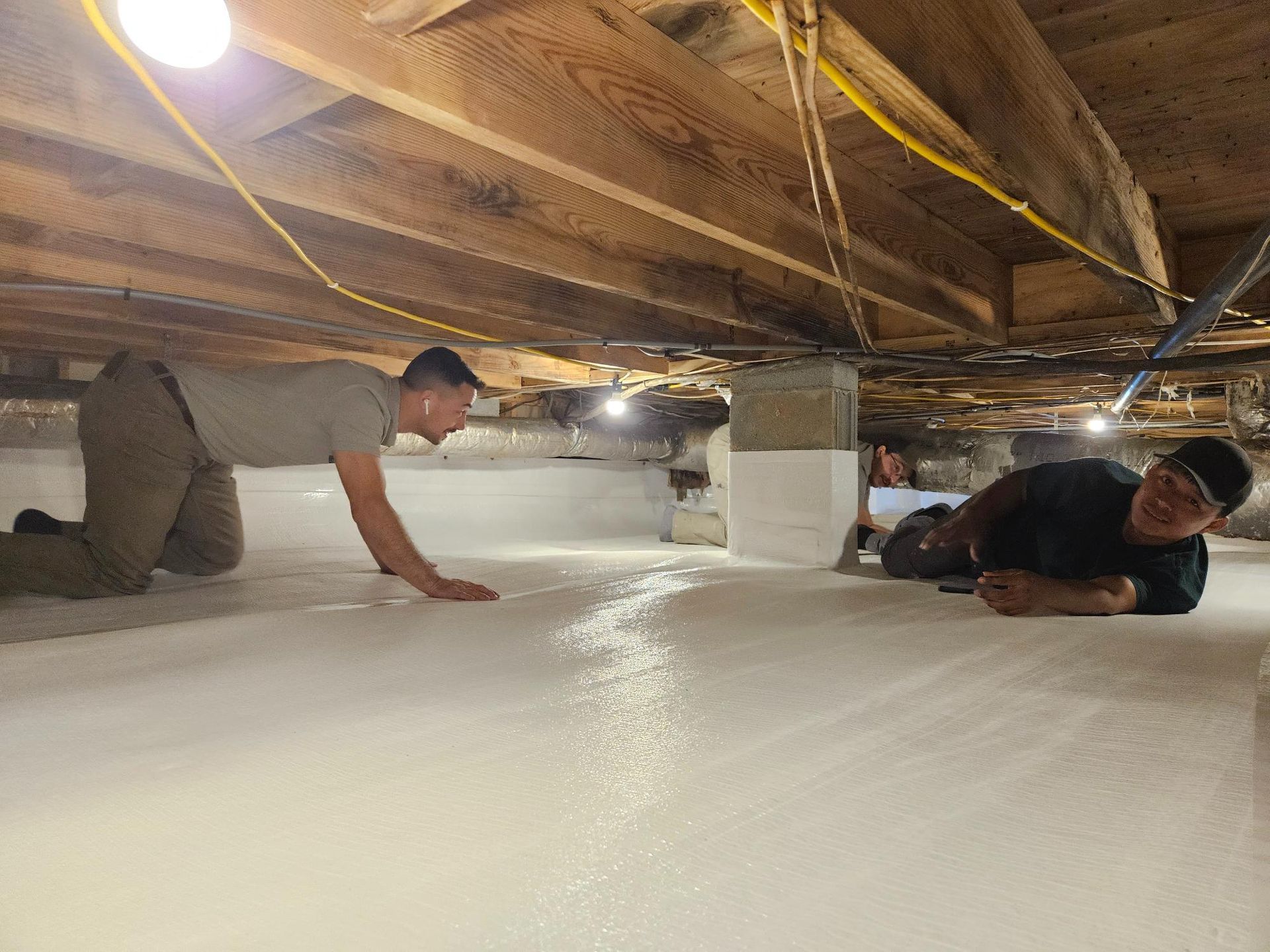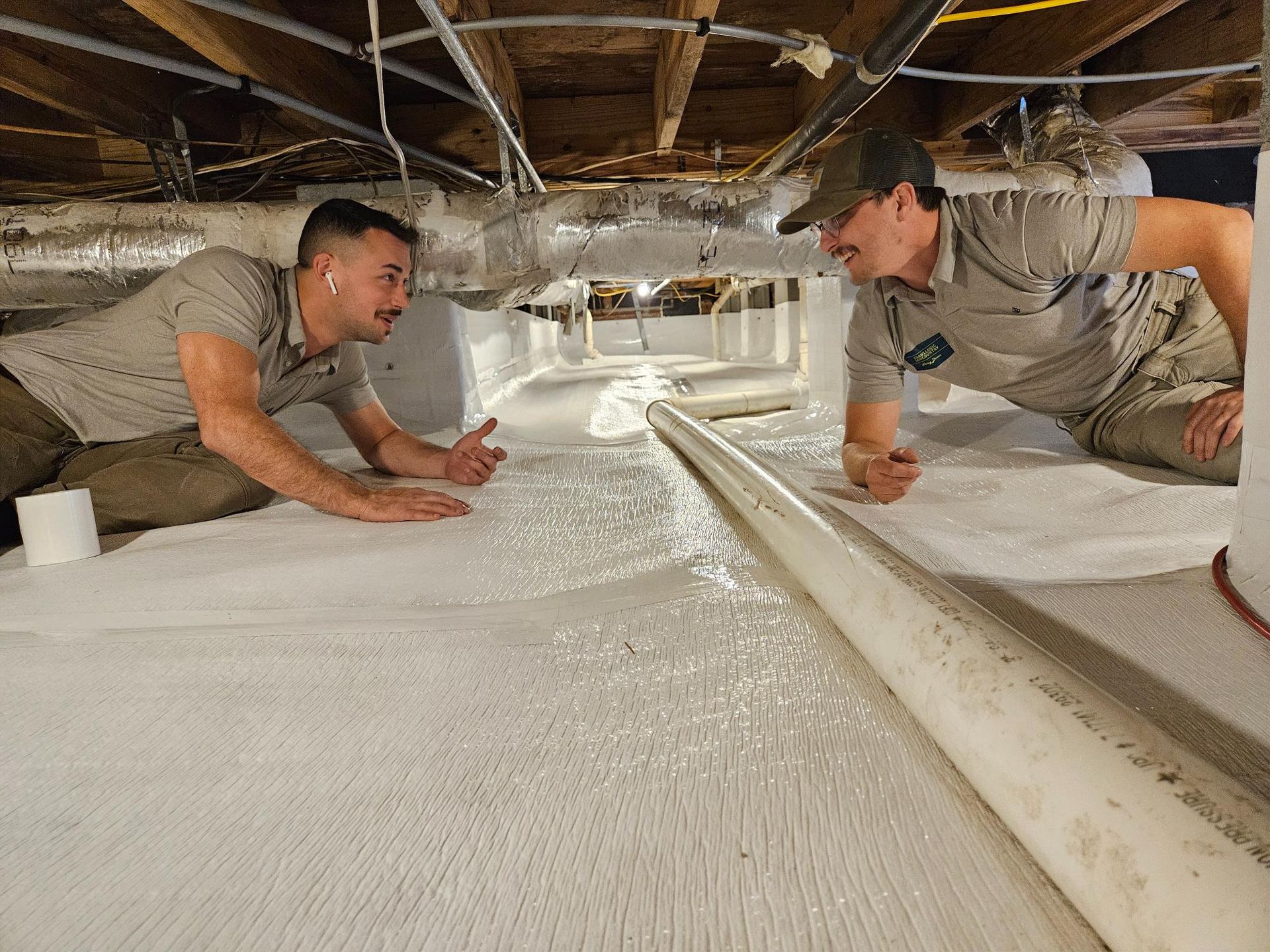Why Your Beautiful Downtown Charleston Home Could Have a Dangerous Secret Below
Crawl Logic Lowcountry
When Perfect Upstairs Means Problems Below
WHAT CHARLESTON HOME BUYERS NEED TO KNOW ABOUT CRAWL SPACES
I was downtown Charleston yesterday inspecting a crawl space for a potential home buyer, and what I found perfectly sums up why you should never skip the crawl space inspection - no matter how gorgeous the house looks from the inside.
This place was stunning.
I'm talking pristine hardwood floors, beautiful crown molding, freshly painted walls - everything you'd want in a historic Charleston home.
The kind of place that makes you pull out your phone and start imagining furniture arrangements before you've even made an offer.
But here's the thing: while everyone was upstairs admiring the charm and character, I was underneath looking at something completely different.
And trust me, what's happening below matters just as much as what's happening above - maybe even more.
Welcome to Crawl Logic Lowcountry!
What I Found Under This "Perfect" Home
Let me paint you a picture of what was really going on under this beautiful property. Where there should have been proper foundation walls, there were just dirt walls. Not partially dirt - completely dirt. I could literally see gravel from the driveway sitting in the crawl space.
Think about what that means for a second. Every time it rains in Charleston (which is pretty often), water is flowing directly from the driveway into this crawl space. No barrier, no protection, nothing stopping it. Just water dumping straight in and sitting there.
And here's what really gets me: if you walked through this house, you'd never know. Everything above looks perfect. But the air you're breathing? It's coming from that wet, exposed dirt crawl space first. That's not just a cosmetic issue - that's a health and safety problem hiding in plain sight.
Why Downtown Charleston Homes Are Especially At Risk
Look, I love Charleston's historic homes as much as anyone. But here's the reality: many of these properties were built 100, 150, sometimes 200 years ago. Back then, construction standards were different. A dirt floor crawl space wasn't seen as a problem - it was just how things were done.
Over the years, homes get renovated. Kitchens get updated, bathrooms get remodeled, floors get refinished. But the crawl space? That usually gets ignored. Out of sight, out of mind. So you end up with this situation where everything visible has been modernized and made beautiful, but the foundation of the home - literally - is still sitting on 19th century construction methods.
Add in Charleston's location near the water, our heavy rainfall, and the way these older properties settle over time, and you've got a perfect recipe for crawl space issues that nobody's thinking about.
The Health and Safety Concerns
Here's what a lot of people don't realize: the air in your home doesn't stay separate from the air in your crawl space. In fact, studies show that up to 50% of the air you breathe on your first floor comes from your crawl space first. That's called the stack effect.
So when you've got exposed dirt, moisture flowing in, and standing water under your house, that's not just staying down there. You're breathing whatever's happening in that space. Mold spores, excess humidity, musty odors - it all makes its way up into your living area.
Beyond the air quality issues, there are structural concerns too. Constant moisture means wood rot, which means your floor joists and subfloors start deteriorating. The problems don't happen overnight, but they add up. And by the time you notice sagging floors or soft spots, you're looking at major repairs.
What Home Buyers Need to Do
If you're thinking about buying a downtown Charleston home - or really any older home in the area - here's my advice: get the crawl space inspected before you sign anything. Not after, not during the grace period when you're already emotionally invested. Before.
A proper crawl space inspection should include moisture readings, a full visual inspection of the foundation and structure, checking for proper drainage, and documenting any existing issues. Don't just trust that everything's fine because the rest of the house looks good.
Ask the seller direct questions: When was the crawl space last inspected? Has any water mitigation work been done? Are there any known moisture issues? If they can't answer or seem hesitant, that tells you something right there.
And here's the thing - finding problems isn't necessarily a deal-breaker. It's information. Maybe you negotiate the price down. Maybe the seller agrees to fix it. Or maybe you walk away and find a better property. But at least you know what you're getting into.
The Bottom Line
Listen, I'm not trying to scare anyone away from buying beautiful Charleston homes. These properties have character and history that you just can't find anywhere else. But you need to go into the purchase with your eyes wide open - and that means looking at what's happening under your feet, not just what's in front of your eyes.
A crawl space inspection might cost you a few hundred dollars upfront, but it could save you tens of thousands down the road. More importantly, it protects your health and your family's health. That gorgeous historic home isn't worth much if the air quality is making everyone sick.
Whether you're about to make an offer on a downtown property or you've been living in your Charleston home for years without checking the crawl space, now's the time to get it looked at. Don't wait until you notice problems - by then, you're already behind the curve.
Thinking about buying a Charleston home? Or maybe you already own one and want peace of mind about what's happening below? Give us a call. We'll give you an honest assessment of what's going on down there and what it means for your home and your health. No surprises, just straight talk.



